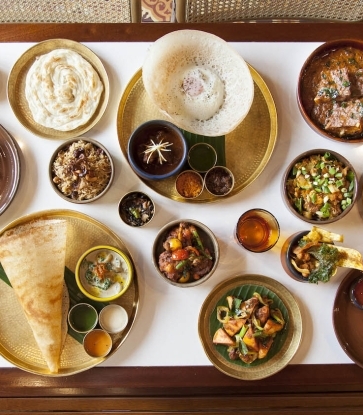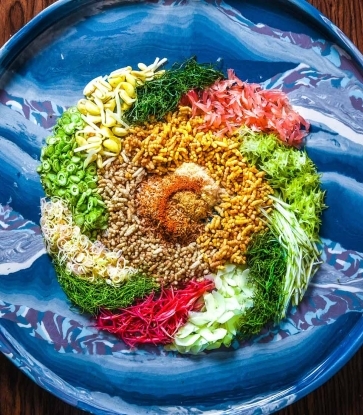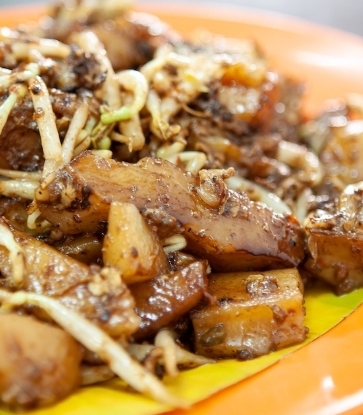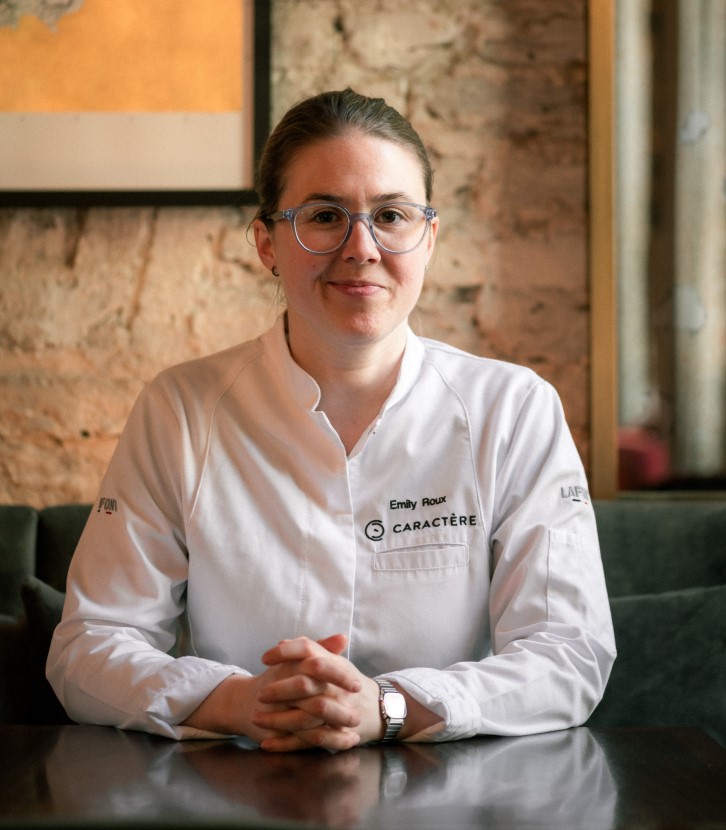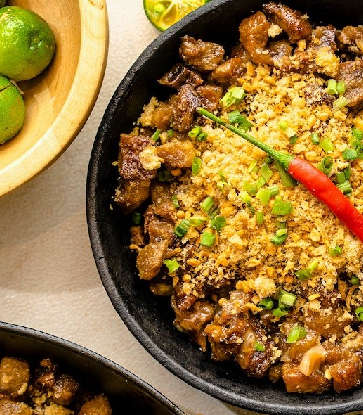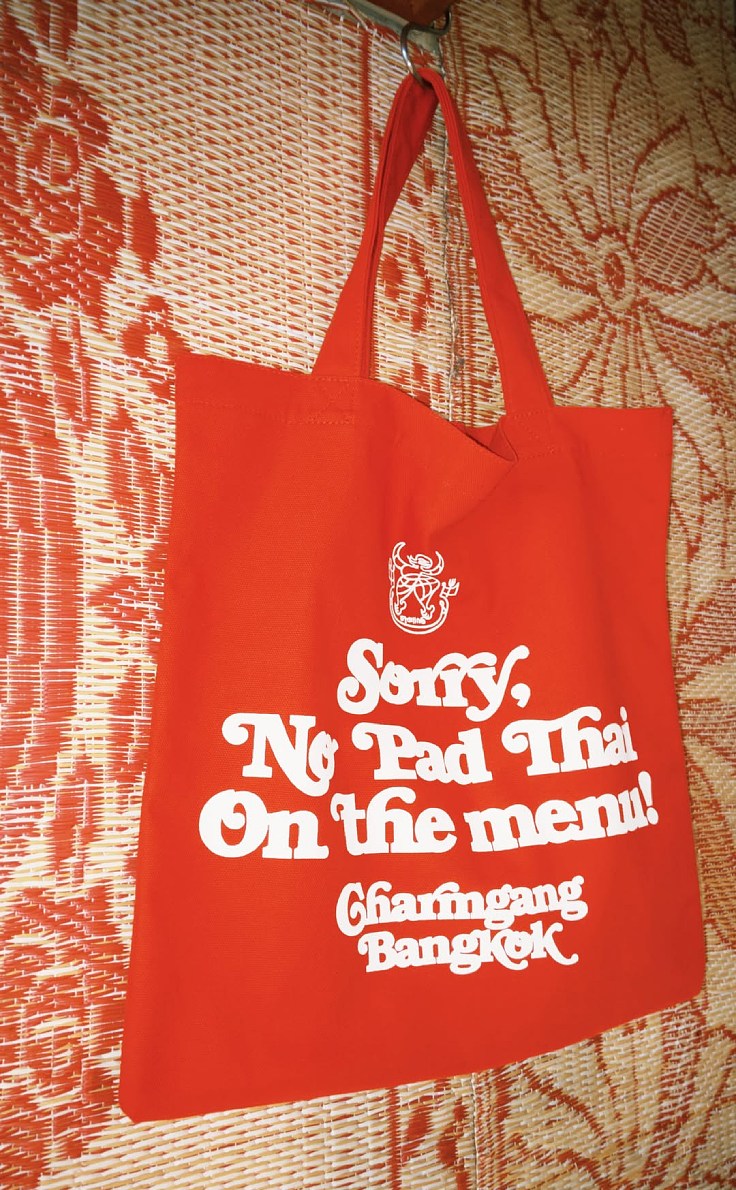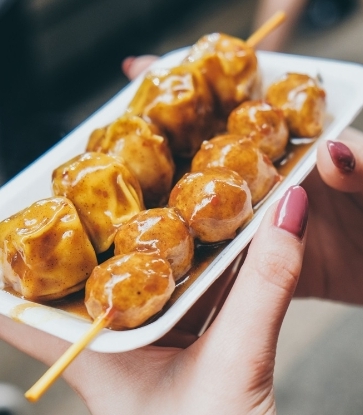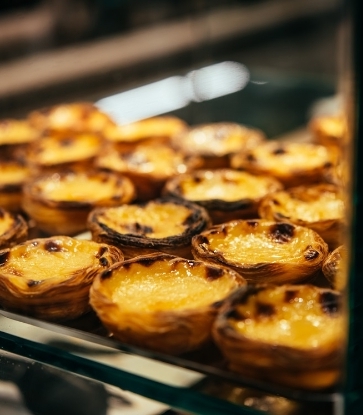Street food has always been the great equalizer, the most democratic form of dining. It is eaten standing up, off plastic stools, from a smoky wok in Penang or a yakitori grill outside Tokyo’s Yoyogi Park. It costs little, yet it carries the weight of memory, migration and survival. To eat on the street is to participate in something larger than a single dish: it is a shared ritual that transcends class, culture and geography.
In today’s dining landscape, where tasting menus and global restaurants increasingly dominate headlines, street food remains stubbornly present. It continues to be a source of comfort and identity, a benchmark of flavor and an economic lifeline for millions. It has been fetishized as “authentic” and dismissed as “humble.” It has been both celebrated and neglected. But ultimately, what it refuses to be is irrelevant.
However, it is also under threat: from rising costs, changing tastes and the fading of generational trades.
Five chefs who run MICHELIN-Starred restaurants across the region: Supaksorn “Ice” Jongsiri (Bangkok), Darren Teoh (Kuala Lumpur), Matt Abergel (Hong Kong), Kim Hock Su (Penang) and Nicolas Tam (Singapore) share how street food has shaped culinary culture. Their perspectives show how street food is at once vanishing in some places, reinventing itself in others and, most importantly, refusing to be ignored.
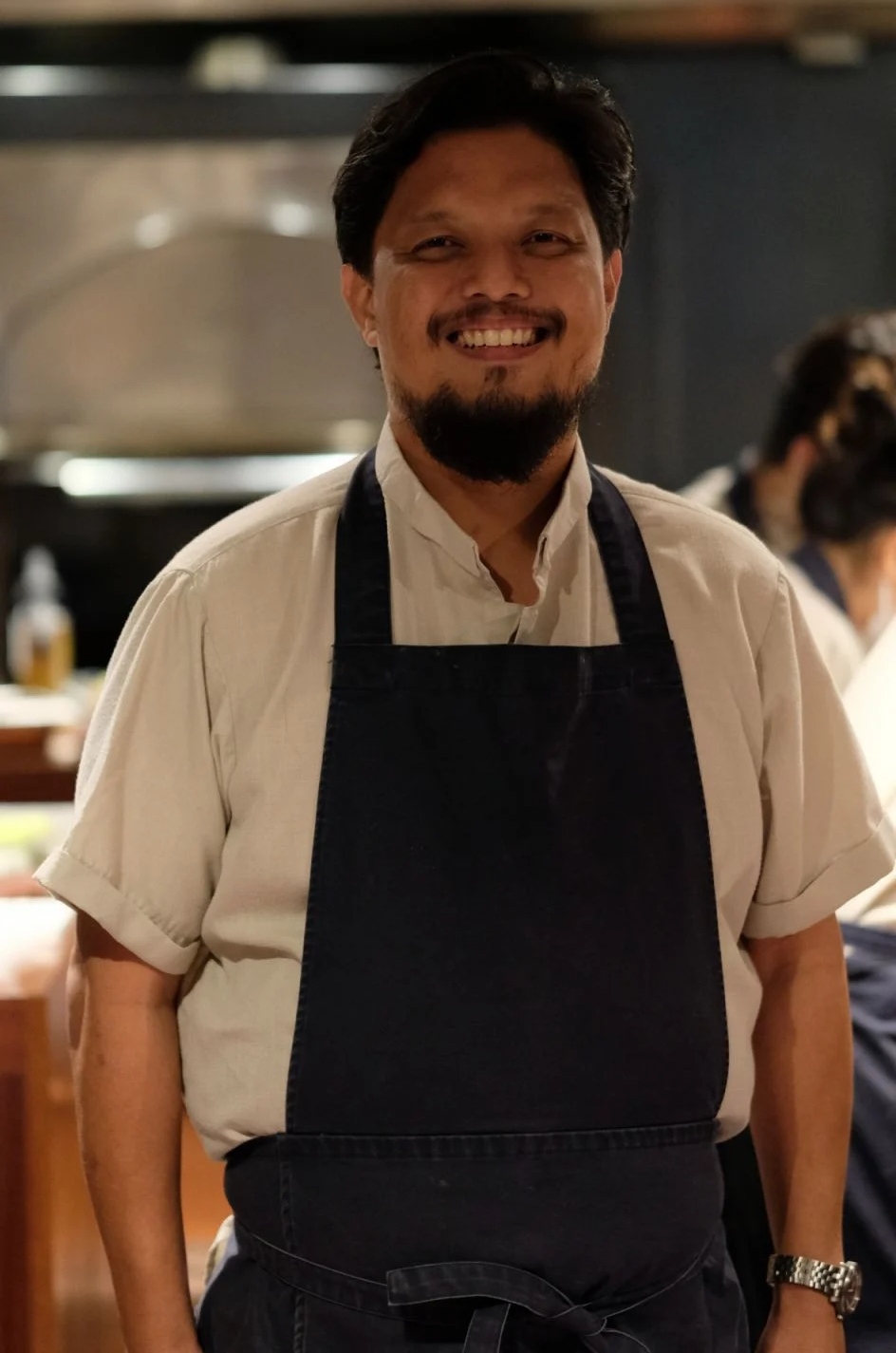
Memory on the tongue
For Darren Teoh (pictured on the right) of Kuala Lumpur’s Two-MICHELIN-Starred Dewakan, street food is inseparable from memory and mobility. Vendors appear one night and vanish the next, a reminder of food’s fleeting nature.
To Teoh, authenticity lies not in preserving dishes unchanged but in understanding the context in which they exist: who is cooking, why the dish exists and what it means in its moment. Street food, in his view, is about ephemerality and experience as much as it is about recipes.
In Bangkok, Supaksorn “Ice” Jongsiri of Three-MICHELIN-Starred Sorn takes a firmer stance: street food is a benchmark, a flavor memory against which all others are measured.
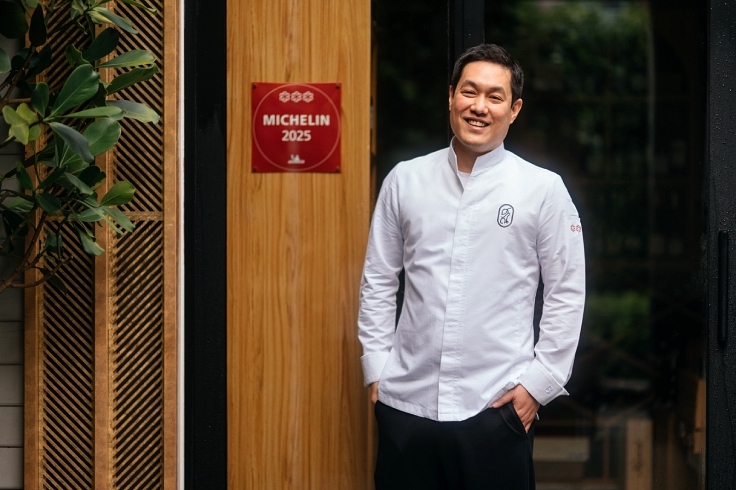
“You don’t need to elevate it,” he insists. “The best street food is already perfect.” His warning is clear: street food should not be diluted by processed shortcuts or viral gimmicks. For Jongsiri, the soul of Thai cooking is encoded in those bowls and skewers, and to tamper with them is to risk erasing cultural memory itself.
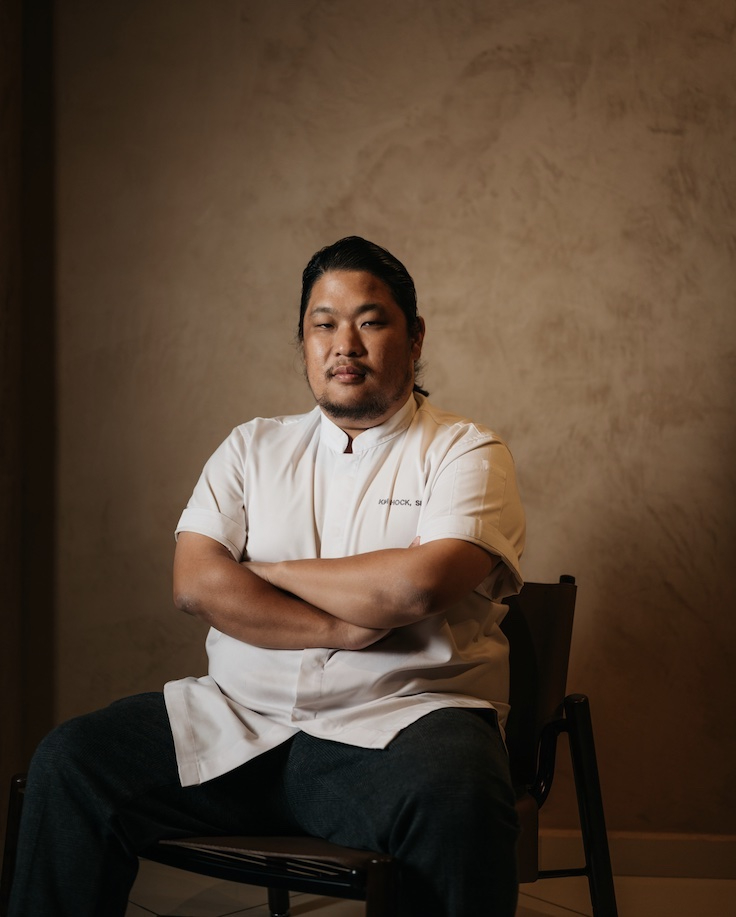
Kim Hock Su (pictured on the left), from One-MICHELIN-Starred Au Jardin in Penang, translates those memories directly into his fine-dining plates: a grouper broth inspired by the city’s beloved fish-head noodle soup, or a dessert echoing the shallot biscuits of his childhood. These are his ways of bridging street culture and the white tablecloth. “We try to evoke nostalgia,” he says, “because it connects deeper than seasoning alone.” For him, memory is not static but something chefs can carry forward.
In Singapore, Nicolas Tam (pictured on the right) of One-MICHELIN-Starred Willow also believes diners crave familiarity, even in modern or global menus.
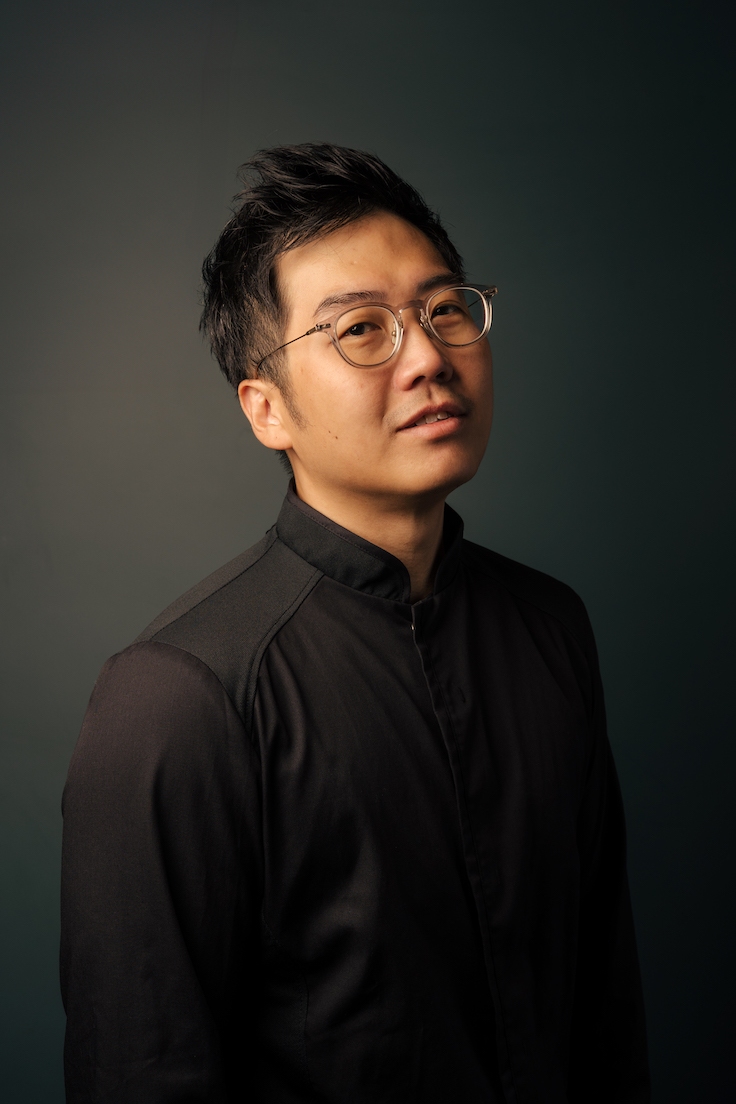
His stuffed chicken wings filled with prawn otah (spiced prawn paste grilled in banana leaf) and a kaya breakfast (toasted bread with coconut jam and soft-boiled eggs) reinterpreted as bread service play with recognition, coaxing nostalgia in new forms.
“If things are too foreign, they won’t land,” he explains. In a city where street carts are long gone, it is memory, rather than the streets, that anchors the taste of home.
For Matt Abergel, the Canadian-born chef behind Hong Kong’s One-MICHELIN-Starred Yardbird, street food was a revelation that reshaped the course of his career. Raised in Calgary eating at generic Japanese restaurants, he thought Japanese food was destined for fine dining.
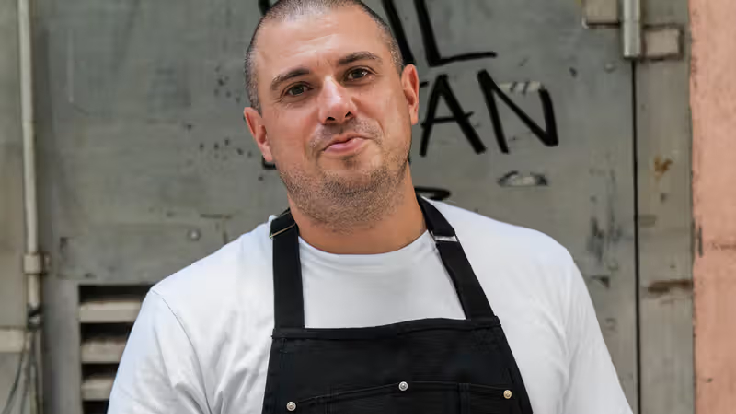
That changed at seventeen, when he first encountered yakitori on the streets of Tokyo. Workers clustered around a stall at the edge of Yoyogi Park, skewers in hand, highballs in plastic cups. “It was loose, celebratory, for everyone,” he remembers. That moment reframed food for him: not as hierarchy, but as access. Years later, he chose yakitori for Yardbird not for refinement, but for its street roots.
“Street food is the most human way of eating. It’s egalitarian, it belongs to everyone.”
Tradition, authenticity and the right to change
What happens when nostalgia collides with evolution?
Abergel draws a line between authenticity and tradition. “Authenticity is a personal claim; you stick to the rules of a cuisine. Tradition is what you practice and pass down. My restaurant becomes traditional because we keep doing yakitori, not because it’s authentic in some textbook sense.”
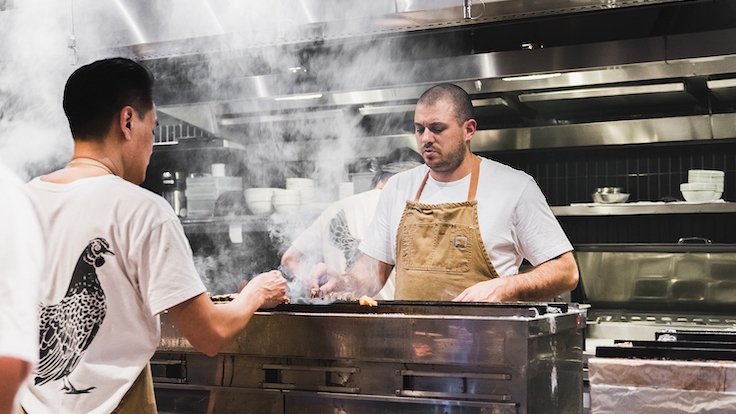
Teoh echoes this, cautioning that authenticity without context becomes hollow. What matters is the reason behind the dish, not whether it has been preserved in amber. Jongsiri, however, remains a staunch defender of authenticity, warning that once shortcuts dominate, “we lose the essence.”
Tam takes the opposite view, bluntly declaring that in Singapore, “nothing is authentic anymore.” For him, the old guard of Singapore hawkers is fading, and what remains is constant reinvention, whether smash burgers in hawker centers or mala hotpot as the new national craving.
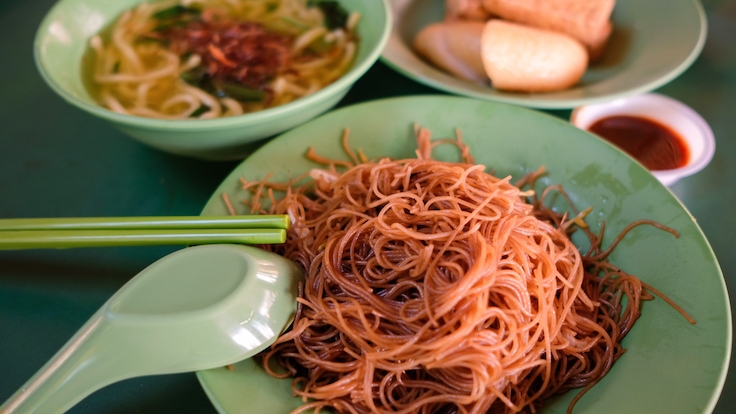
The economics of survival
Street food is sustained by memory, but memory doesn’t pay the rent.
Both Su and Tam return to economics again and again. Penang’s pushcarts, Su cautions, are slowly disappearing: margins are too thin, labor too intensive and younger generations unwilling to take on the grind. His solution is modernization. Air-conditioned eateries, higher prices, systemized recipes: “It’s inevitable,” he says. “Modernization is preservation.”
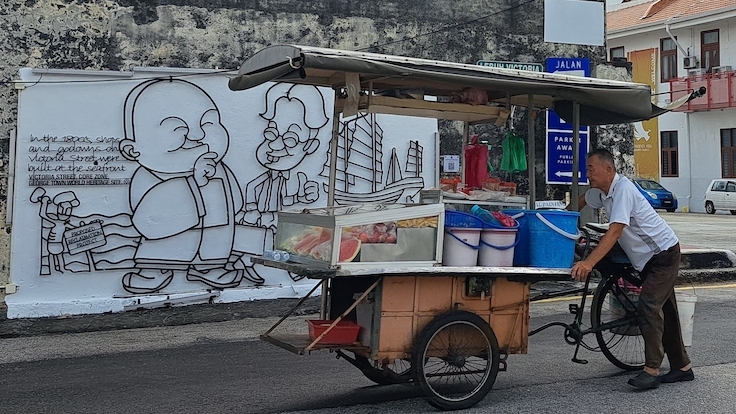
Tam sees the same fragility in Singapore, where diners bristle at paying more than five dollars for chicken rice yet think nothing of spending hundreds on sushi. “It’s a perception problem,” he argues, and one that drives young Singaporeans away from hawker life. His solution is pragmatic: government support, rental rebates and a cultural shift that values hawkers as much as trendier imports.
Preservation or disappearance?
The chefs diverge on the future of street food. Abergel is optimistic, seeing a global street food culture strengthened by its low barrier to entry. Teoh is reflective, noting that street food has always adapted to its circumstances and will continue to do so.
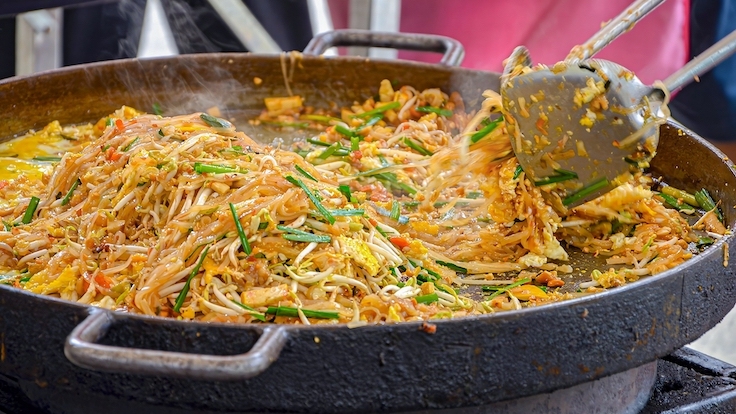
Su is matter-of-fact: without financial sustainability, Penang’s pushcarts will either move indoors or vanish. Jongsiri remains hopeful that the benchmarks will endure, but only if chefs resist shortcuts. Tam strikes the starkest note: hawker centers may one day be filled with poke bowls rather than heritage dishes, unless something changes — and fast.
The most human way to eat
Street food is fragile, yet stubbornly resilient. It survives wars, migrations and recessions; but it also risks being diluted by gimmicks, neglect or indifference. Still, all five chefs return to the same truth: street food is more than cheap eats. It is the taste of a city compressed into a single bowl.
To preserve it is not only to save recipes but to protect the stories that live inside them: the charcoal smoke of Penang’s char kway teow (stir-fried flat rice noodles), the broth that steams in Bangkok’s alleys, the chicken rice hawker rising before dawn in Singapore. For Abergel, Jongsiri, Su, Tam and Teoh, these dishes are not relics. They are benchmarks, living traditions that continue to shape the way people eat today.
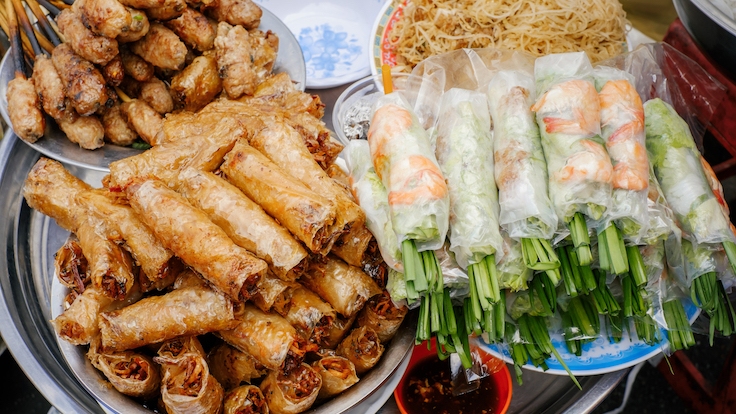
Street food, then, is both endangered and enduring, fragile yet defiant. However, it evolves, whether in air-conditioned eateries, in night markets or in the fine-dining dishes of chefs who remember its lessons. Abergel captures it best: street food remains the most human way of eating.
And that lesson stretches beyond Asia. From tacos in Mexico to shawarma in Tel Aviv; from “dirty water” hot dogs in New York to satay sticks in Jakarta, street food insists that culture is not preserved in monuments but in mouthfuls. The simplest dishes bear the greatest weight. The smallest stalls hold entire worlds. Street food belongs to everyone — not because it is perfect, but because it reveals, in the most ordinary way, what we cannot live without.





